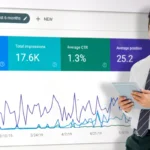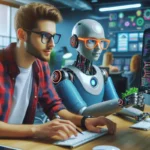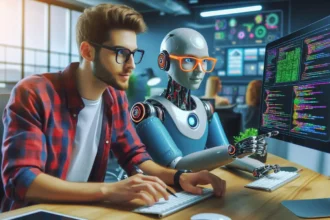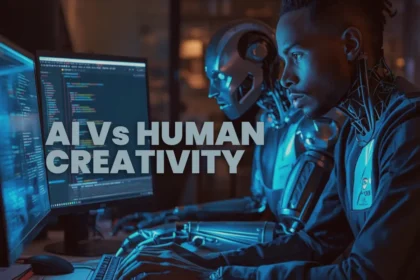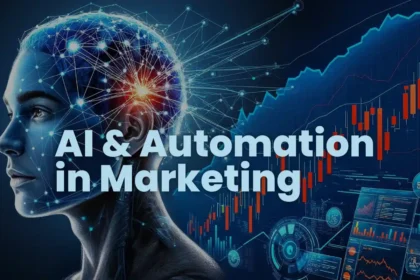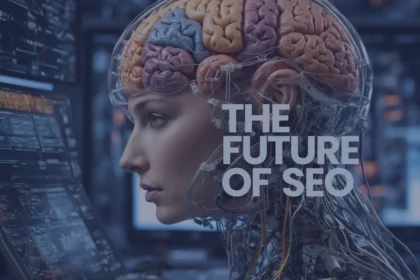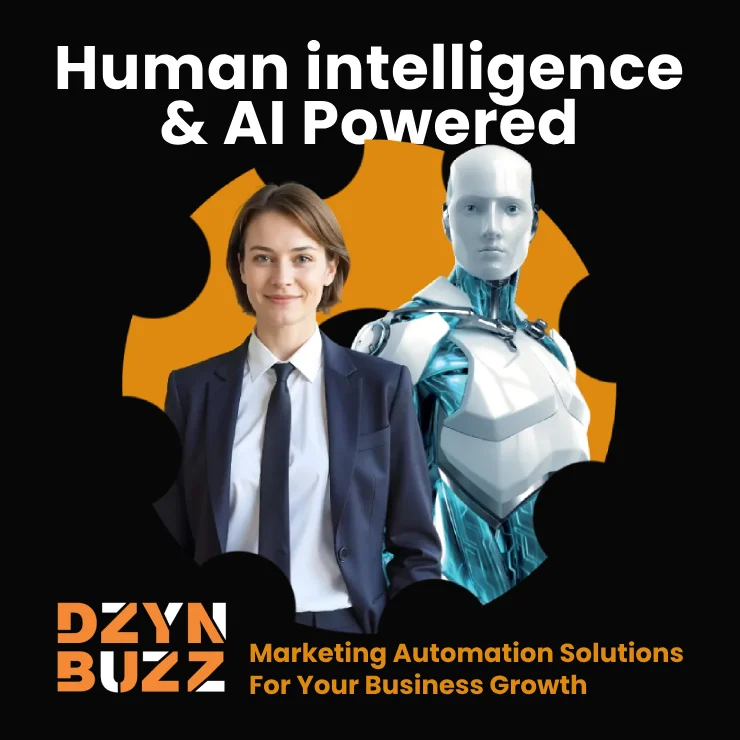As artificial intelligence rapidly advances, creatives across the world are asking: Will AI replace designers?
Or is it simply another tool – like the pencil, the mouse, or Photoshop – that expands what we can do?
In this article, we explore the evolving relationship between AI and human creativity, highlighting how both forces are shaping the future of design.
“AI can mimic design, but only humans can give it meaning.”
What Can AI Actually Do in Design?
AI isn’t just automating tasks – it’s becoming part of the creative process:
- Generate layouts, colour palettes, and typography combinations
- Suggest content based on user behaviour and preferences
- Create art, logos, and mockups from text prompts
- Enhance accessibility and test usability
- Speed up iteration with real-time previews and edits
Popular AI design tools include:
- Midjourney
- Adobe Firefly
- Canva’s Magic Design
- Uizard
- Khroma
Where Human Creativity Still Wins
| Human Strengths | Why AI Falls Short |
|---|---|
| Empathy & Emotion | AI doesn’t feel – it predicts based on past inputs |
| Cultural Sensitivity | Lacks context for diverse audiences |
| Storytelling & Brand Narrative | Can’t originate meaningful storytelling |
| Strategy-Driven Design Thinking | Doesn’t understand long-term business goals |
Humans understand “why”.
AI only knows “what” based on patterns.
Collaboration, Not Competition
The best design outcomes come when humans + AI work together.
Example Workflow:
- Prompt-based Concepts (AI-generated ideas or layouts)
- Human Refinement (storytelling, emotion, branding decisions)
- AI Assistance (quick variations, responsive adaptations)
- Final Touch by Designer (strategy alignment, final polish)
According to McKinsey, businesses using AI in creative processes report a 20–30% increase in design productivity.
The Future: Hybrid Creativity
We’re entering the age of augmented creativity – where humans direct the strategy and soul of a project, and AI handles the repetitive or technical parts.
This means:
- Faster prototypes
- Smarter personalization
- Lower production costs
- More room for big, bold, creative ideas
Real-World Example: A Branding Project
AI-assisted logo tool was used to generate 20 logo options in 5 minutes. These options were good enough to provide ideas/ directions for the human designer.
The human designer:
- Chose the best direction
- Tweaked colours and typography
- Added a cultural metaphor behind the brand mark
- Result: Client LOVED the unique, meaningful final logo
The Limits of AI in Creativity
While AI tools are powerful, they can’t (at present):
- Replace the human touch in emotionally sensitive design
- Build brand identity that aligns with long-term vision
- Make ethical decisions or understand purpose-driven design
- Creativity is not just producing visuals. It’s making intentional choices with purpose.
Conclusion: Who Wins – AI or Humans?
Neither. The real winner is the brand that knows how to leverage both.
AI is here to stay – and it’s a powerful ally. But human creativity, intuition, and storytelling remain irreplaceable, at least, at this point of time. It’s not about man vs machine; it’s about the synergy that happens when both work in harmony.
Who knows, in future, AI might become good enough to replace designers.
Want to build a brand that stands out – with the best of both worlds?
Let DzynBuzz craft a design experience that blends AI speed with human soul → Visit DzynBuzz.com
features image source pixels.com


